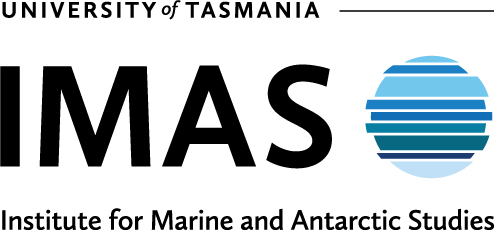Commercial Fishing Licences
The number of Scalefish Fishery licences has gradually declined from more than 450 in 2001 to 257 in 2020, mainly driven by a substantial reduction (>75%) in the number of Scalefish C licences issued (see Total Licences Tab below). Up until 2008, about half of all Scalefish Fishery licences were active. In the most recently assessed reporting year (2020), 41% of all Scalefish licences were active.
In addition to Scalefish Fishery licences A, B and C, separate fishing licences allow the use of beach seine (a total of 50 licences in two categories, A and B), small mesh gillnet (10 licences), purse seine (9 licences) and Danish seine nets (7 licences). Fishers holding a rock lobster licence (but without Scalefish A or B licence) are also allowed to take scalefish species albeit with a limited amount of fishing gear (see Licence Type Tab below).
Numbers of Scalefish Fishery licences (total and active) by type (A, B or C) since 2001. License year runs from March to end of February.
Recreational Gillnet Licences
The use of recreational nets in Tasmania has been subject to licensing since 1995 with fishers able to licence up to two graball nets (gillnets) prior to 2002, along with one mullet net and a beach seine. From November 2002 the number of graball nets that could be licensed was reduced to one per person. The number of recreational net licences issued rose rapidly from around 8,900 in 1995 to over 11,000 in 1999/2000 before licence numbers stabilised between 8,000 to 9,000 for several years. Licence numbers climbed again to around 10,000 in 2007/08 before trending downward to 7,266 in 2018/19. It is possible that the reduction in licence numbers since 2009/10 occurred in response to the introduction of maximum soak times for gillnets in 2009. Night netting, which was a common and popular practice amongst recreational fishers (Lyle 2000), was banned for recreational fishers (with the exception of Macquarie Harbour) in late 2004. While this appeared to have little discernible impact on licence numbers, a targeted survey of recreational gillnetting in 2010 revealed a concomitant reduction in overall gillnet effort (effort in 2010 was about 60% of the level in 1997 despite there being 40% more gillnet licence-holders, Lyle and Tracey 2012). Furthermore, only 73% of recreational licences were used during 2010 (Lyle and Tracey 2012).
Number of Recreational Gillnet licences issues by licensing year since 1995/96
The 2010 survey revealed that almost 65% of the gillnet catch (by number) was kept (Lyle and Tracey 2012). Bastard Trumpeter and Blue Warehou combined represented 45% of the total retained catch, Atlantic salmon contributed a further 10%. Australian Salmon, Jackass Morwong, Mullet and Wrasse were of lower importance. Wrasse was most significant as by-catch. Recreational gillnet catches of Bastard Trumpeter, Mullet, Jackass Morwong, Leatherjacket and Cod were higher compared to commercial catches, while Blue Warehou catches of the two sectors were similar. Recreational gillnet catch rates have fallen from an average of >6 fish retained per net set in 1997 to just over 4 fish per set throughout the past decade. While variability in the abundance of target species has contributed to this trend (especially for Blue Warehou), changes in fishing practices (including no night netting, shorter average set durations, reduction in the length of mullet nets, larger minimum size limits for some species influencing release/discarding rates, etc.) have also been contributing factors.



